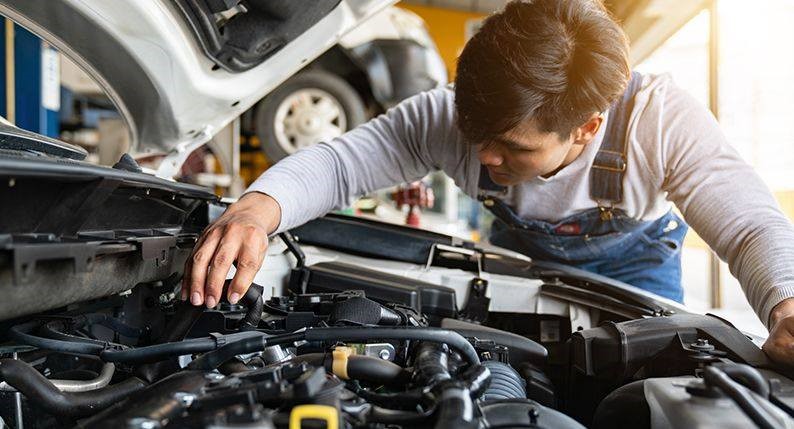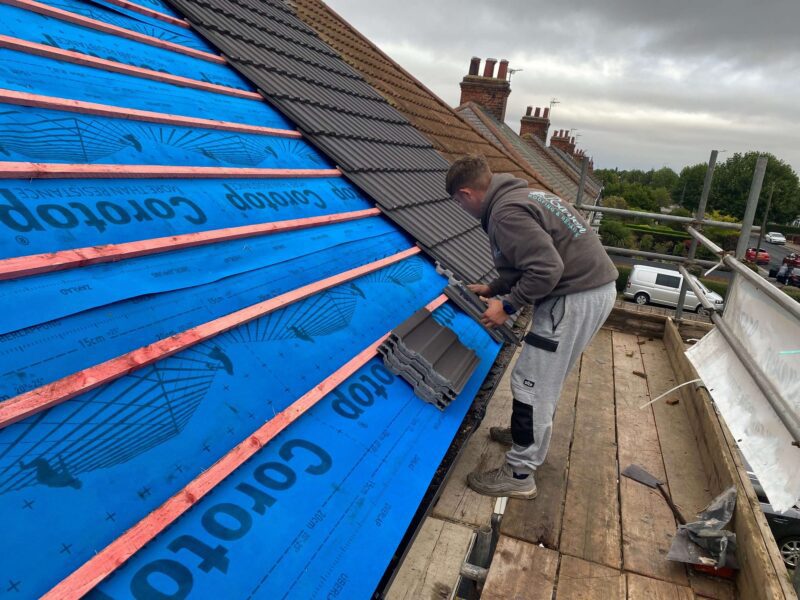
What are the steps to replace or repair a damaged longboard deck?
Introduction
Are you an avid longboarder who loves the thrill of cruising down the streets, feeling the wind against your face? If so, then you know that a damaged deck can put a damper on your riding experience. Whether it’s from wear and tear or an unfortunate accident, knowing how to replace or repair a damaged longboard deck is essential for keeping your ride smooth and enjoyable. In this blog post, we will guide you through the step-by-step process of getting your deck back in action. So grab your tools and let’s dive into the world of longboard deck repairs. Get best longboard wheels for rough roads.
Tools and Materials Needed
When it comes to replacing or repairing a damaged longboard deck, having the right tools and materials is essential. Here are some key items you’ll need to get the job done:
1. Screwdriver: A screwdriver will be necessary for removing any screws holding the trucks in place.
2. Razor blade or utility knife: This tool will come in handy for cutting away damaged sections of the deck.
3. Sandpaper: You’ll need sandpaper to smooth out rough edges and prepare the surface for repairs or replacement.
4. Epoxy resin and hardener: These two components are used to bond layers of fiberglass cloth together during repair work.
5. Fiberglass cloth: If your longboard has significant damage, you may need to reinforce it with layers of fiberglass cloth.
6. Wood glue or adhesive epoxy: These adhesives can be used to secure loose parts of the deck or attach a new one altogether.
7. Paint and clear coat (optional): If you want your repaired longboard deck to look as good as new, consider adding some paint and a protective clear coat finish.
Having these tools and materials ready before starting your repair or replacement project will ensure that you have everything needed to get the job done smoothly and efficiently.
Replacing the Deck
When it comes to a damaged longboard deck, sometimes the best solution is to replace it. This may seem like a daunting task, but with the right tools and materials, you can get your beloved board back in action in no time!
First things first, gather all the necessary tools and materials. You’ll need a screwdriver or wrench to remove the trucks from the old deck, as well as new grip tape and hardware for attaching everything together.
Next, carefully remove the trucks from your old deck. Take your time with this step to ensure that you don’t damage any of the components.
Once you have removed the trucks, it’s time to prep your new deck. Make sure it is clean and free of any debris before proceeding.
Now comes the fun part – attaching everything back together! Place your trucks onto the new deck and secure them tightly with screws or bolts. Then apply fresh grip tape over the top for added traction.
Voila! Your longboard now has a brand-new deck ready for shredding on those smooth streets or gnarly hills.
Remember, practice makes perfect when it comes to replacing decks. Don’t be afraid to ask for help if needed, especially if you’re unsure about certain steps.
So go ahead and give your longboard some TLC by replacing its damaged deck. It’s a rewarding process that will have you back riding in style in no time!
Repairing the Deck
When it comes to repairing a damaged longboard deck, there are several steps you can take to restore your board to its former glory. Before getting started, gather the necessary tools and materials: sandpaper, epoxy resin, fiberglass cloth, a utility knife, and clamps.
Assess the extent of the damage. If there are only minor cracks or chips in the deck, you can simply fill them with epoxy resin mixed with sawdust until they are level with the rest of the surface. Sand down any rough edges once dry.
For more serious damage such as large cracks or delamination, you may need to remove a section of the deck entirely. Using a utility knife or saw, carefully cut out the damaged area in a square shape. Then measure and cut a new piece of wood that matches the dimensions of what was removed.
Apply epoxy resin generously to both surfaces before placing them together and securing with clamps until fully cured. Once dry, sand down any uneven areas so that everything is smooth and flush.
Remember to always wear protective gloves and goggles when working with chemicals like epoxy resin. Take your time throughout each step for best results.
By following these steps for repairing your longboard deck properly, you can ensure it’s back on track for many more thrilling rides ahead!
Tips and Tricks
1. Choose the Right Tools: Before you begin repairing or replacing your damaged longboard deck, make sure you have all the necessary tools at hand. This includes a screwdriver, sandpaper, epoxy resin, fiberglass cloth, clamps, and paint (if needed). Having the right tools will ensure that you can complete the job efficiently and effectively.
2. Assess the Damage: Take a close look at your longboard deck to determine the extent of the damage. Is it a small crack or a major break? Understanding the severity of the damage will help guide your repair or replacement process.
3. Follow Proper Safety Measures: When working with tools and materials such as epoxy resin or fiberglass cloth, it’s important to prioritize safety. Wear protective goggles and gloves to avoid any potential accidents or injuries.
4. Replace Only if Necessary: If your longboard deck has suffered extensive damage beyond repair, it may be time for a replacement. However, before jumping to this option, consider if there are any feasible repairs that can be done first.
5. Seek Professional Help if Needed: If you’re unsure about how to properly repair or replace your longboard deck, don’t hesitate to seek professional assistance from an experienced skateboard technician or carpenter who specializes in board repairs.
6. Take Your Time: Whether repairing or replacing your longboard deck, remember that patience is key! Rushing through the process could lead to mistakes and subpar results.
7. Test Before Riding: Once you’ve completed the repair or replacement process for your longboard deck, give it a thorough test before hitting those streets again! Ensure that everything feels sturdy and secure before taking on any tricks or rides.
Remember these tips and tricks when it comes time to replace or repair your damaged longboard deck! By following these steps carefully while prioritizing safety measures and seeking professional help when needed; you’ll be back on four wheels in no time, ready to conquer the streets with confidence.
Conclusion
In this guide, we have explored the steps to replace or repair a damaged longboard deck. Whether you are a seasoned rider or just starting out, it is important to keep your board in top shape for optimal performance and safety.
By following the tools and materials needed section, you can gather everything necessary to tackle a deck replacement or repair project. Remember to choose high-quality materials that will withstand the wear and tear of riding.
Replacing the deck requires careful removal of the old one and attaching a new one securely. Take your time with this process to ensure proper alignment and stability for smooth rides ahead.
If you’re dealing with minor damage such as cracks or dents, repairing the deck can be an effective option. From assessing the extent of the damage to applying epoxy resin, each step plays a crucial role in restoring your longboard’s integrity.
Throughout these processes, remember some tips and tricks that can make your work easier. Keep safety at the forefront by wearing protective gear like gloves and goggles. Additionally, take advantage of clamps or adhesive tape for secure placements during repairs.
Maintaining regular check-ups on your longboard will help identify any signs of damage early on before they worsen over time. By addressing issues promptly, you can prevent further harm to both yourself and your board.
Overall (Oops! Sorry about that), taking care of your longboard is essential for extending its lifespan while ensuring peak performance levels when cruising around town or tackling challenging terrain.
So go ahead – grab those tools, gather those materials – because now armed with this knowledge on how to replace or repair a damaged longboard deck; nothing should hold you back from hitting those streets again in style! Happy shredding!







